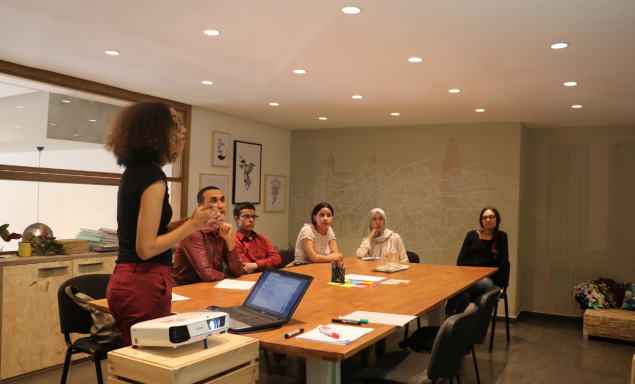The Who, What, Why, and How of ATSDR’s Petition Process

Petitions connect communities to ATSDR resources – such as ATSDR environmental scientists, physicians, toxicologists, and other specialists – to assess and to help residents understand environmental exposures in the community that might harm their health. When communities are concerned about potential exposure to chemicals, ATSDR can bring tools and expertise to investigate.

A petition is a request, written as a letter or email, that asks ATSDR to investigate specific environmental health concerns in a community.

A list of signatures of concerned community members is not the same thing as an ATSDR petition.

Any person or community group can file a petition.
 Assess whether your community is being exposed to hazardous substances in the environment
Assess whether your community is being exposed to hazardous substances in the environment Determine if these chemicals can enter your body and possibly harm your health
Determine if these chemicals can enter your body and possibly harm your health Educate your community about hazardous substances and how to avoid exposure to them
Educate your community about hazardous substances and how to avoid exposure to them Determine how people in your community are being exposed to these substances
Determine how people in your community are being exposed to these substances Write a report and recommend actions you can take to reduce your exposure and protect your health
Write a report and recommend actions you can take to reduce your exposure and protect your health Collaborate with local and state health departments to help address your community’s concerns about possible environmental exposures
Collaborate with local and state health departments to help address your community’s concerns about possible environmental exposures
 Change how a facility operates
Change how a facility operates Tell you why there is a lot of illness in your community
Tell you why there is a lot of illness in your community Clean up chemicals in your community
Clean up chemicals in your community Change zoning codes
Change zoning codes Make medical diagnoses
Make medical diagnoses Resolve issues between organizations and people
Resolve issues between organizations and people

Submit a letter or email to your ATSDR regional office requesting that ATSDR investigate specific environmental health concerns in your community.

Be sure to share any relevant environmental data or evidence you have that might help ATSDR in evaluating your request.

Listen to community members to understand their concerns

Search for formal complaints with the city or local health organizations

Review previous reports, health assessments, or related research on the problem

Engage and involve the community, as needed, throughout the petition process

Evaluate available information and environmental data to determine if there is enough information to initiate a detailed evaluation of your concern
Wait for ATSDR to gather any needed environmental data to evaluate your request.

Receive an approval or denial of your petition, usually within 6–12 months.
Interested in learning more about ATSDR’s petition process?
Visit https://www.atsdr.cdc.gov/faq.html or call toll free 1-800-232-4636; TTY: (888) 232-6348 and ask to be connected to your ATSDR regional office